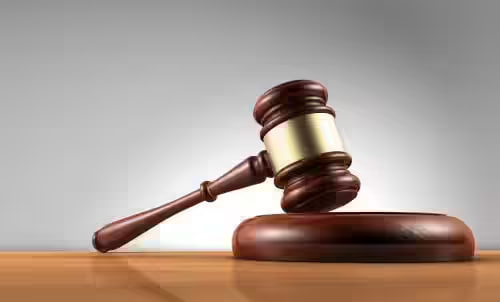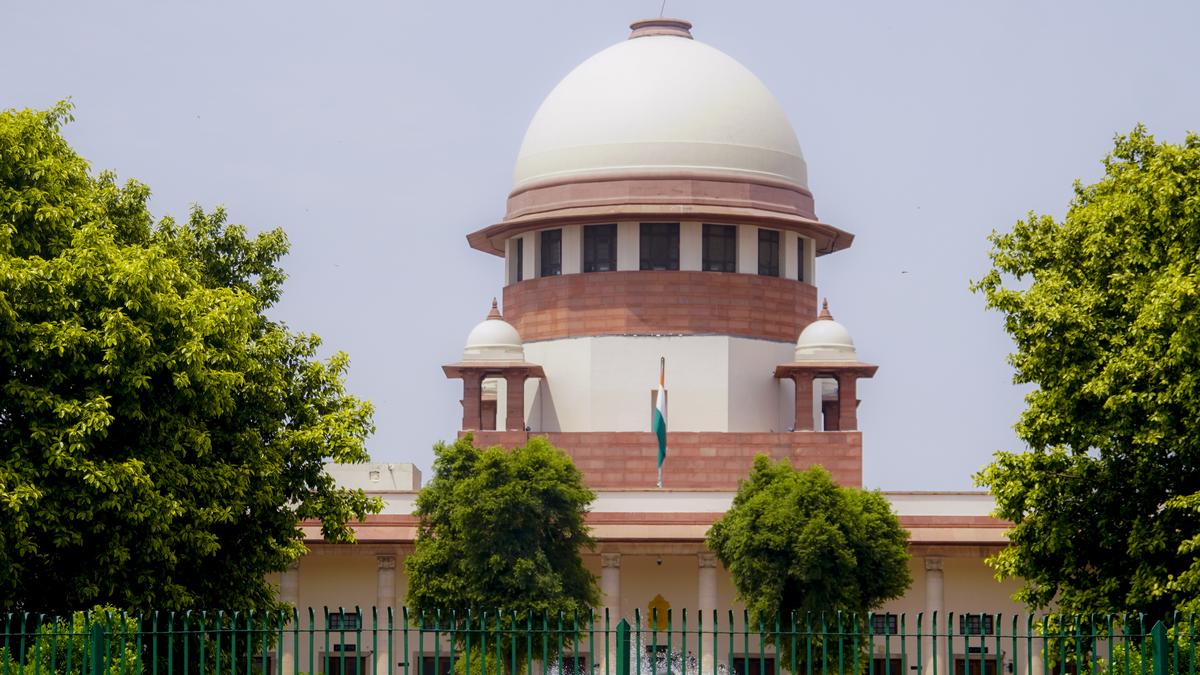Description
Context: A three-judge Bench headed by Justice Arun Mishra found two tweets by lawyer Prashant Bhushan amounting to “serious contempt of court”. Although the judgment has not said anything new, it revives the debate about the relevance of the contempt law, how judges in mature democracies deal with criticism of judges, and how India’s courts have been responding to the contempt-versus-freedom-of-speech debate.
Why did the court reject Bhushan’s arguments?
- The court held it tends to give an impression that the highest constitutional court of the country has in the last six years played a vital role in the destruction of Indian democracy.
- It rejected the argument that the tweet was only a matter of opinion, although several experts including former Supreme Court judges have said or written similar things.
- On January 11, 2018, the four then senior-most judges of the Supreme Court had held a press conference to say that the “credibility of the highest judiciary is at stake”.
- They asserted that democracy would not survive, as an independent judiciary is the hallmark of successful democracy.
- The Supreme Court had tolerated such a strong indictment of itself, and then CJI Justice Dipak Mishra. Now, it has chosen not to ignore tweets by a lawyer-activist.
- It said magnanimity cannot be stretched to such an extent that may amount to weakness in dealing with a malicious, scurrilous, calculated attack on the very foundation of the institution of judiciary and thereby damaging the very foundation of democracy.
What were the court’s key arguments?
ACTUAL INTERFERENCE:
- It rejected the argument that the tweet has not really interfered with administration of justice.
- It relied on Brahma Prakash Sharma (1953) in which a Constitution Bench had held that it is not necessary to prove affirmatively that there has been actual interference with the administration of justice and it is enough if a defamatory statement is likely, or tends in any way, to interfere with the proper administration of justice.
- The Bench also relied on C K Daphtary (1971) in which the court had held that we are unable to agree with him that a scurrilous attack on a judge in respect of a judgment or past conduct has no adverse effect on the due administration of justice.
SCANDALISING OF COURT:
- The Bench cited Baradakanta Mishra (1974) in which the court had held that scandalising of the court is a species of contempt, and a common form is vilification of the judge.
- The question the court has to ask is whether the vilification is of the judge as a judge, or as an individual.
- If the latter, the judge is left to his private remedies, and the court has no power to commit for contempt.
- The Bench held that fair criticism of judges, if made in good faith in public interest, is not contempt.
- The Bench said that for ascertaining good faith and the public interest, the courts have to see all the surrounding circumstances including the person responsible for comments, his knowledge in the field and the intended purpose.
How is it similar or different from previous rulings on contempt?
- There is nothing new in the judgment compared to earlier ones on the contempt law, several of which the Bench quoted.
- In a case involving Bhushan himself (2001; proceedings against him were dropped), the Supreme Court had held that personal criticism of a judge does not amount to “fair criticism”.
- Justice Ruma Pal had summarised the contempt law when she observed that “to ascribe motives to a judge is to sow the seeds of distrust in the minds of the public about the administration of justice as a whole and nothing is more precarious in its consequences than to prejudice the mind of public against judges of the court who are responsible for implementing the law”.
- Criminal contempt under Section 2(c) of the Contempt of Courts Act, 1971 means any publication which
- scandalises or tends to scandalise, or lowers or tends to lower the authority of any court; or
- prejudices, or interferes or tends to interfere with, the due course of any judicial proceedings, or
- Interferes or tends to interfere with, or obstructs or tends to obstruct, the administration of justice in any other manner.
- In 2006, the government brought in an amendment, which now provides “truth” as defence provided it is bona fide and in public interest.
- The expression “scandalising the court” has not been defined. In Shiv Shankar (1988), the Supreme Court held that a criticism of the court that does not impair and hamper the administration of justice cannot be punished as contempt.
How have other democracies dealt with the question of contempt?
- While the judgment is consistent with precedents in the Supreme Court, it falls short of ideals set by other mature democracies.
- In 1987, after the Spycatcher judgment by the House of Lords, the Daily Mirror had published an upside down picture of three Law Lords with the caption ‘You Old Fools’.
- Lord Templeman refused to initiate contempt proceedings and said he was indeed old and whether he was a fool was a matter of perception though he personally thought he was not a fool.
- British judges often take no notice of personal insults if uttered without malice. After the Brexit judgment, the same publication headlined its report “Enemies of people” but no contempt notice was issued.
- In England, contempt proceedings were last invoked in 1930 and the contempt law has now been abolished. In India, the Law Commission in its 274th Report in 2018 recommended continuance of such law because of the high number of such cases.
Why is the contempt law seen as problematic?
- The judge himself acts as prosecutor and victim, and starts with the presumption of guilt rather than innocence. Contempt proceedings are quasi-criminal and summary in nature.
Reference:
https://indianexpress.com/article/opinion/columns/british-colonialism-independence-economic-growth-poverty-in-india-6555157/







